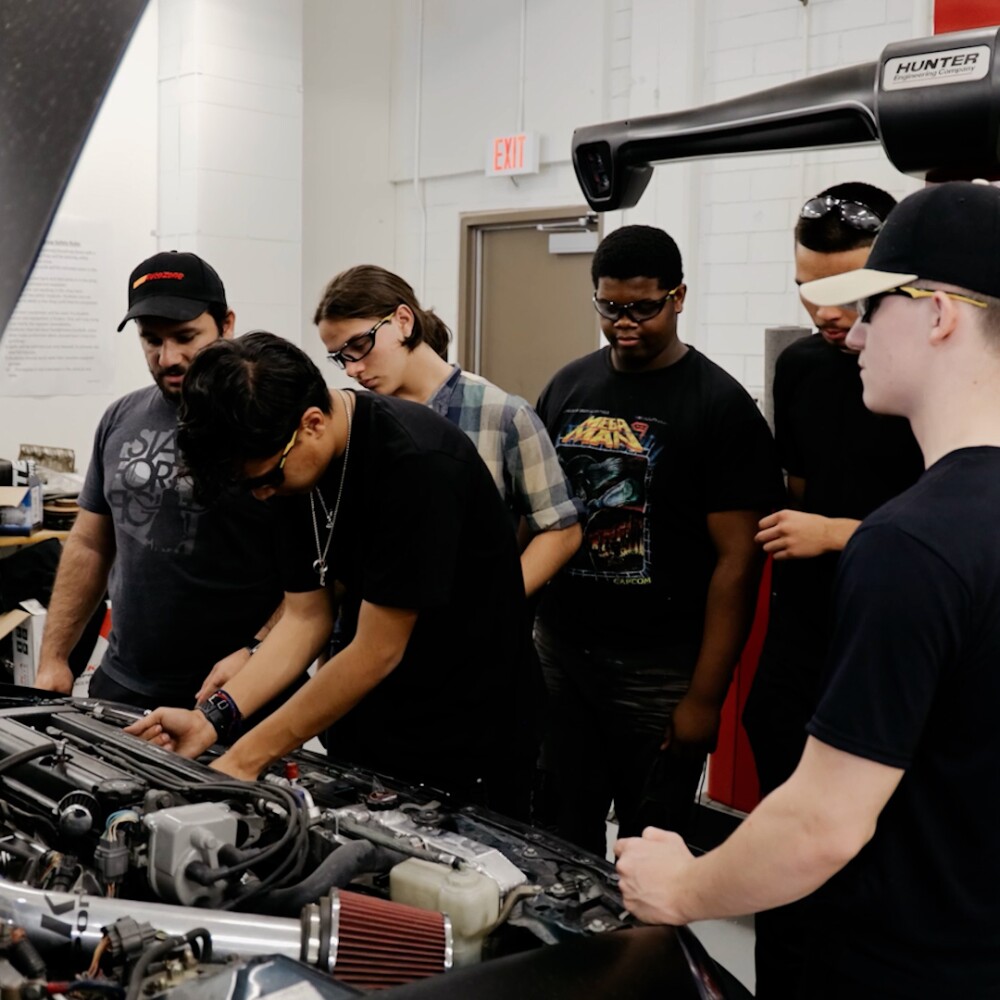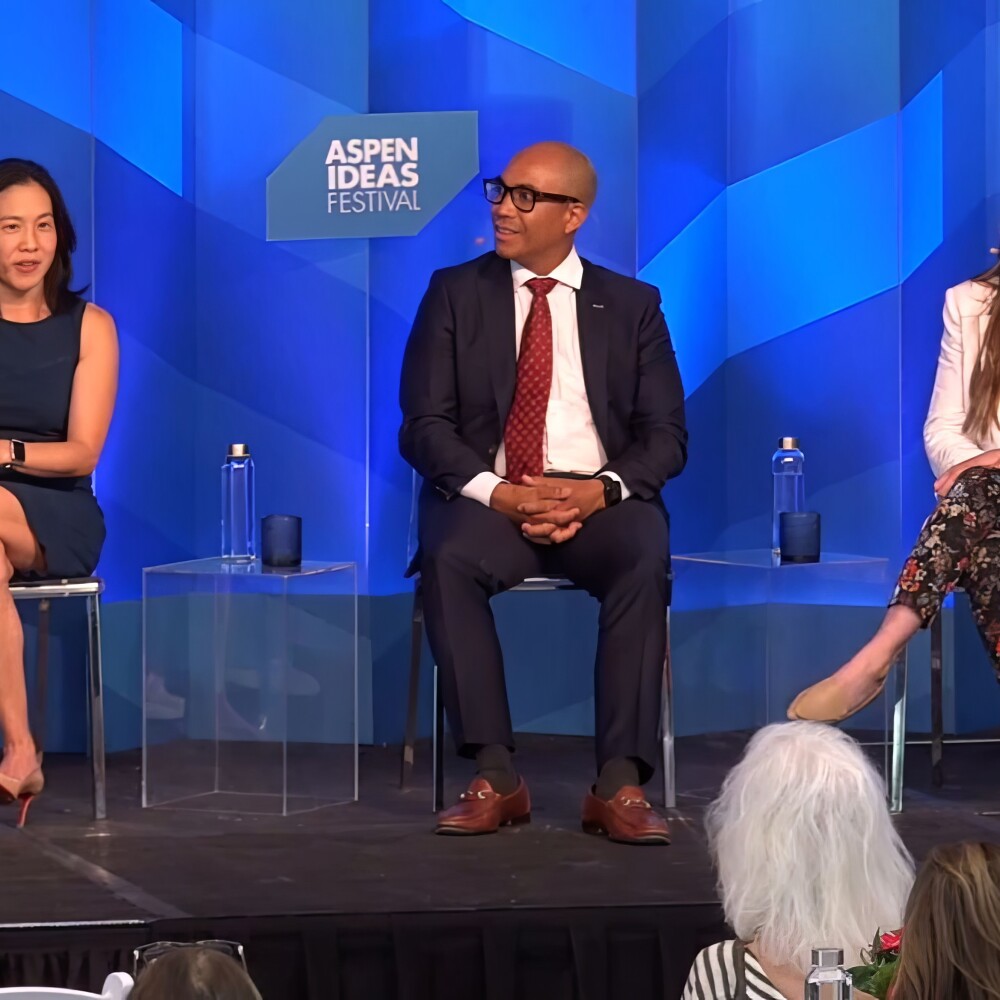Diego Marin, known to his 1.4 million TikTok followers as mr.dmarin, was scrolling through the app when he learned about ChatGPT in December, 2022. The eighth grade math teacher “started doing a little digging” about the generative chatbot and soon introduced it to his students.
“When I first introduced it to them, I said, ‘Hey, do you guys want to see something pretty cool?’” the Chicago-based teacher recalled. “The way I explained it to them was this is like a very early-stage new kind of search engine for them.”
Marin projected ChatGPT on his classroom smart board. He told his students they could ask the bot anything, though he tried to keep the content math-focused.
“The kids were like, ‘Wait, so is there someone on the other end of the computer answering the questions?’” he says. “I assured them there was not a tiny human answering their questions.”
Marin has experimented with solving equations of linear systems. He says the tool has been helpful in differentiating classroom activities. For example, he has asked the chatbot to intentionally give a wrong answer, so that his students could find the mistake.
An early adopter of technology in the classroom, Marin has experimented with a slew of other tech tools. He says the benefit of ChatGPT is that it can provide individual support for students.
Given that every student in his classroom has an iPad, he asked them to make their own accounts and bookmark the site on their devices.
“There are students whose math confidence is very weak. All it takes is another person to push them along,” Marin said. “ChatGPT is like a personalized 1:1 tutor that is super valuable for students, especially in the math space.”
Marin was interviewed as part of the Walton Family Foundation's research into how ChatGPT is being used by teachers and students.
Marin also pointed out a surprising physical benefit of ChatGPT: It frees him to move around the classroom while he’s teaching. “Sometimes when we’re teaching, we’re attached to our desk or a certain area,” he says. “It’s nice to be able to walk freely around the classroom as the AI types in real time.”
But Marin uses ChatGPT behind the scenes, too. As a math teacher, Marin is most comfortable working with numbers.
At times when he needs to verbalize his thoughts about student progress, ChatGPT has helped him find the words. From helping to write report card comments to generating draft emails to parents, ChatGPT has come in very handy. While he didn’t simply cut and paste, Marin called the output “a good starting point.”
“My area of struggle is formulating my sentences where it sounds neutral, not too aggressive,” Marin said. “In the teacher world, time is precious. And when you have upwards of 75+ students, that saves a lot of time.”
Asked if he has concerns with the AI, Marin says he’s noticed that ChatGPT doesn’t solve math equations with 100% accuracy. His students noticed that, too. That helped him explain that ChatGPT is a great resource. But it’s not infallible.
Since students take his exams with pencil and paper, Marin isn’t concerned that students in his class will use ChatGPT to cheat.
I think this is only accelerating the change in education you see already.
Overall, Marin says he thinks ChatGPT will push educators to reconsider how students are assessed. In his six years of teaching, he’s been involved in conversations about how to advance students’ higher order thinking. He believes the introduction of AI in the classroom will further those debates.
“If we’re concerned about how a student is cheating, we have to think about what kind of assessment or projects we’re giving them to begin with,” Marin says. “Are they really truly assessing student understanding or [are they] computation type of problems?”
“I think this is only accelerating the change in education you see already, which is more creative, more higher order thinking, and less of the robotic computation stuff that we’re used to – at least when we were in school.”



